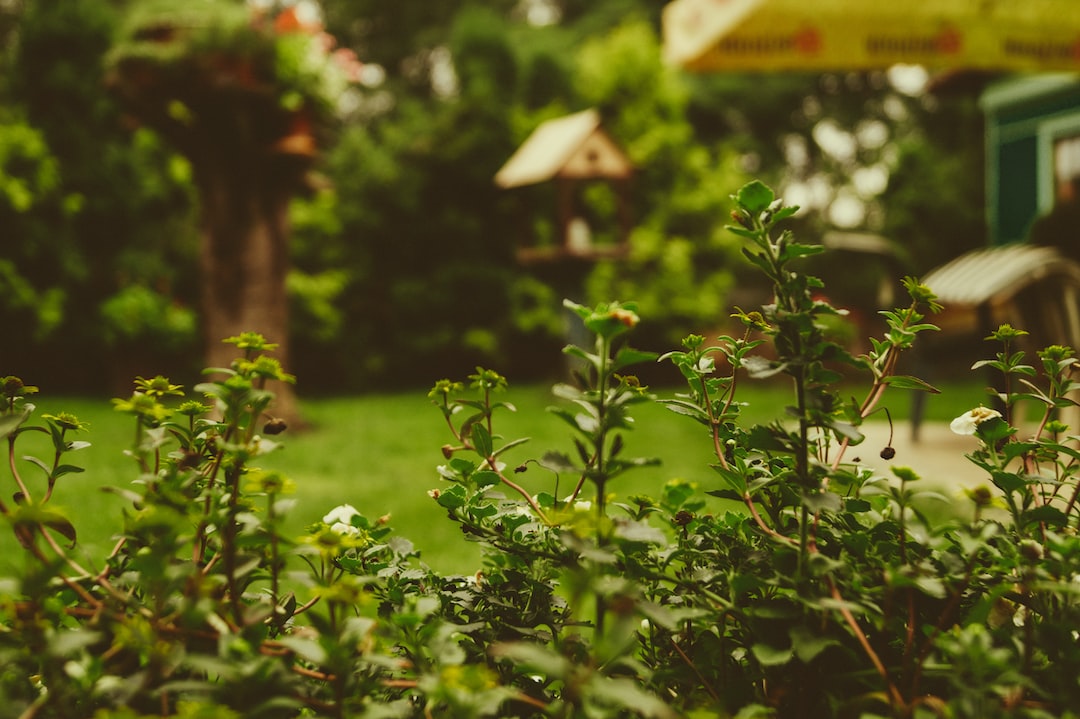Having a garden is a great way to beautify your outdoor space and create a serene environment. But choosing the right plants for your garden can be a daunting task, especially if you’re new to gardening. With so many options available, how do you know which plants will thrive in your garden? In this blog post, we will provide you with some helpful tips on how to choose the right plants for your garden.
1. Assess your garden space: Before you start picking out plants, it’s important to assess your garden space. Determine how much sunlight your garden receives throughout the day, as this will impact the types of plants that can thrive in your garden. Some plants require full sun, while others thrive in shade or partial shade. Take note of any obstructions, such as buildings or trees, that may cast shadows over certain areas of your garden.
2. Consider your climate: Understanding your climate is vital when selecting plants for your garden. Certain plants are better suited for warmer climates, while others thrive in cooler ones. Learn which hardiness zone you belong to, as this will help you choose plants that are more likely to survive in your area. Additionally, consider the average rainfall in your region, as some plants require more water than others.
3. Determine your garden’s purpose: Are you looking to create a flower garden, a vegetable garden, or a mix of both? Determining your garden’s purpose will help you narrow down your choices. For flower gardens, choose plants that bloom at different times of the year to ensure a continuous display of color. For vegetable gardens, select plants that are known to grow well in your region and align with your taste preferences.
4. Consider maintenance requirements: Different plants have varying maintenance requirements. Some plants are low-maintenance and require minimal care, while others need more attention. Consider how much time and effort you are willing to put into maintaining your garden. If you have a busy schedule, opt for plants that are easy to care for and require less frequent watering, pruning, and fertilizing.
5. Evaluate soil conditions: The soil in your garden plays a crucial role in the success of your plants. Assess your soil’s pH level, texture, and fertility. Certain plants prefer acidic soil, while others need alkaline soil. Additionally, some plants thrive in well-draining soil, while others require moisture-retaining soil. Conduct a soil test or consult a professional to determine your soil’s condition and make amendments as necessary.
6. Research plant compatibility: When choosing plants for your garden, consider how well they will coexist with each other. Some plants have aggressive root systems that may compete for resources, while others may be susceptible to pests or diseases. Research plant compatibility to ensure that the plants you choose will support each other’s growth rather than hinder it.
7. Seek advice from local experts: If you’re still unsure about which plants to choose, seek advice from local gardening experts or visit a nearby nursery. They can provide valuable insights on plants that are well-suited for your area and offer recommendations based on your garden’s specific needs.
Remember, gardening is a journey, and it’s okay to make mistakes along the way. Experiment with different plants and learn from your experiences. With time and patience, you will discover the perfect combination of plants that will transform your garden into a vibrant and welcoming space. Happy gardening!


